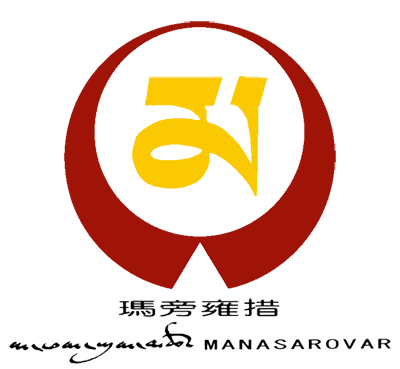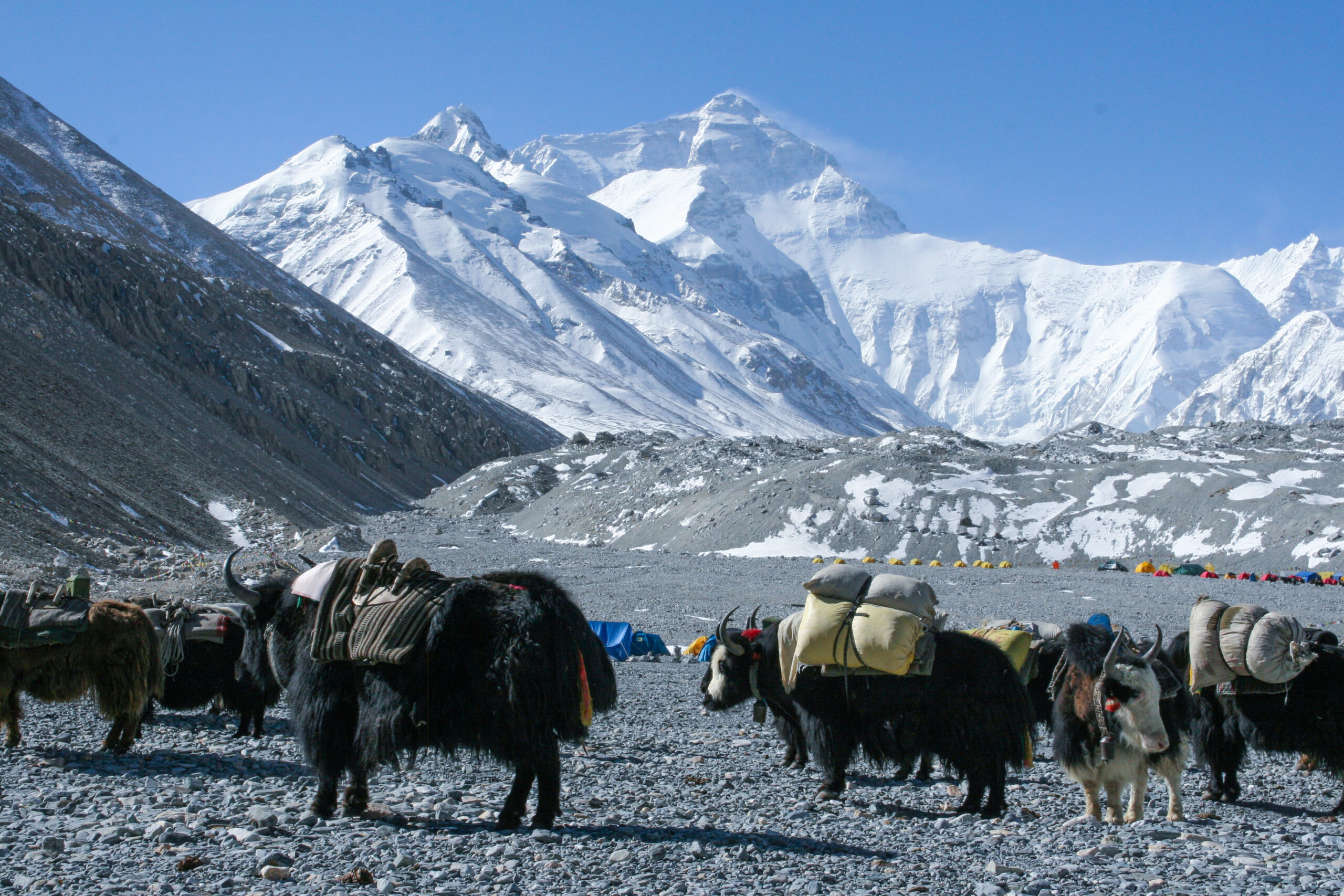Find Answers
We’ve got you covered with all the essential information to make your journey smooth and hassle-free. Explore our FAQ page now and prepare for the trip of a lifetime!
FAQs
Yes, Tibet is a part of China, and all travellers will need a Chinese visa.
If you are arriving via any city in China (Beijing, Chengdu, Xining …) you will need an individual tourist “L” visa issued by a Chinese Embassy.
If you are arriving from Nepal, you will need a “Group Visa” issued in Kathmandu.
Don’t worry! We will give you detailed iynformation & instructions once you trip is booked, and your arrival plans confirmed.
Again, don’t worry. We apply for all the permits needed for your trip.
One of these, your TTB permit, will be needed to board the flight or train to Tibet and we will have that delivered to you in Beijing, Chengdu or whichever city you are arriving from.
Once you arrive in Tibet your guide will handle all paperwork.
Yes. It is a regulation for foreigners travelling in Tibet that they be accompanied by a locally licensed guide throughout their trip.
You will be met at Lhasa airport or train station or land border on arrival and accompanied in Tibet by a licensed Tibetan guide. Our guides are directly employed by us (not freelance). We have trained them and know them well. They are experienced and knowledgeable and speak good English.
This doesn’t mean they are hovering over you 24-hours a day. Regulations regarding how much you may explore independently or whether you must be accompanied by your guide at all times varies constantly. Generally they must be with you to visit any temple or monastery and outside Lhasa, but you are free to wander, shop, eat on your own.
Your guide will advise you of the current situation and it is a condition of travel here that you abide by these regulations
All our guides are Tibetan. Consider them an asset and make the most of them, enjoy their company, their knowledge and learn about local traditions.
Generally, no. Foreigners travelling in Tibet are required to use private vehicles especially licensed for tourist use. You can use taxis/rickshaws in Lhasa to get around the city.
Transport is by car, van, minibus or bus depending on itinerary and group size.
Roads in almost all areas that you will travel are paved and in good condition – including to Kailash, Guge & Everest. 4WD is no longer necessary and, as most 4WD vehicles were de-licensed for tourism in 2015, an unnecessary additional expense on most routes.
Our drivers are extremely experienced, both as drivers and mechanics, and know the road conditions. They speak varying amounts of English, but all will be delighted to point out the best photo spots etc. Make the effort to get to know them and you will have a lot of fun.
Regulations change and guidebooks become outdated (or simply don’t like the restrictions). The severity with which the rules are enforced changes, but the situation regarding guides and private transport has been enforced for the past 8 years and unlikely to change.
Again, generally not as your itinerary and places to visit is specified on your permits. Your arrival city is also specified.
Small changes, such as “I’d rather visit a thangka workshop than Drepung” in Lhasa are fine.
Lhasa lies at 3685m, and it is not unusual to feel the effects of altitude on arrival – headache, nausea. Who and why some people are affected by altitude differently to others is one of the least understood of medical conditions. There is no predicting how anyone will be affected by altitude and reaction can be different between one trip and another.
It has absolutely nothing to do with age or fitness, although general good health seems to make a severe reaction less likely. The most important thing is to take it easy the first few days, drink lots of water and relax and don’t stress about it. You do not need to be first off the plane, first to grab your bag – the only prize is a splitting headache. With stairs, stop every few steps and breathe for the first couple of days (esp. at hotel on arrival).
Often younger fitter people suffer more in the first days as they think they will be fine and overdo it.
Whilst not medically proven, experience with groups over the years strongly suggests that expectation of problems leads to problems – relaxing and breathing calmly and slowly is the key. In case of real problems, the hospitals in Lhasa are very experienced at dealing with altitude and the number of people who are unable to complete their trip as planned are very, very few.


